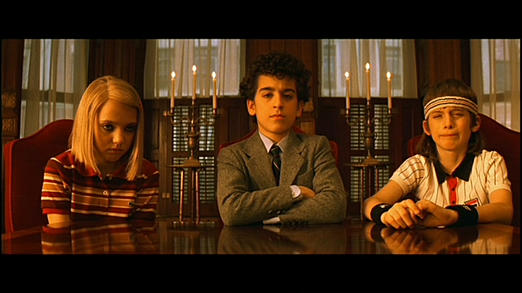Wes Anderson's third feature film, in typical Anderson style, is a cinematographic masterpiece. Also, Anderson's consistency in terms of actors only further benefits the film. Although dark, the film still portrays a wonderful story with classic, Anderson style humour.
In order to produce this visually stunning film, Anderson worked alongside cinematographer Robert D. Yeoman, someone who Anderson worked on all of his films with. Yeoman has been nominated for a BAFTA and Oscar in cinematography and has won many other awards in this role, clearly a skilled cinematographer and a brilliant staple of Wes Anderson's unique visuals.
As in all Anderson's films, The Royal Tenenbaums sticks to a colour palette, consisting mainly of pastel light blues and darker pastel reds and browns. Alongside this palette, Anderson sticks to his authentic symmetry making for wonderful perspectives and something that I feel only further drives the film.

The scene in which Richie Tenenbaum makes a suicide attempt is obviously a gritty, horrific moment in the film. However, Anderson's artistic conduction makes the emotion much more profound and shows such a horrible moment in a unique way. The shot above captures the moment in which we are first presented with the fact that Richie has cut his wrists, his character is captured perfectly in the props used and the somewhat lengthy take draws out the realisation as to what has happened. Contrary to the other scenes, this particular one 'dodges' the colour palette; desaturated, colder colours make for a lifeless background. The blood runs from out of shot, a much more vibrant, outstanding colour which again, draws out the realisation.



Medium shots were something of a surprising element I found prevalent throughout the film.



